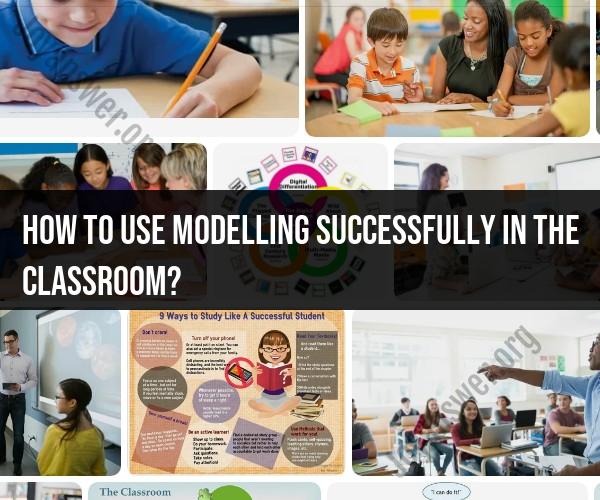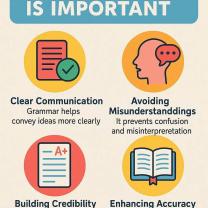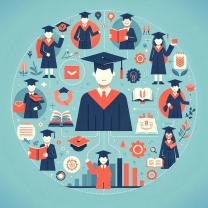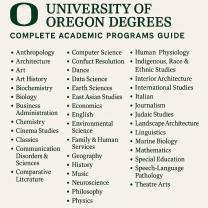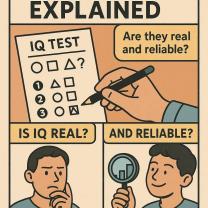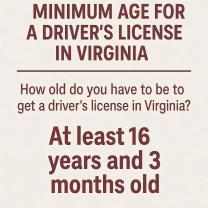How to use modelling successfully in the classroom?
Using modeling successfully in the classroom is an effective teaching strategy that helps students grasp new concepts and develop essential skills. Here are some tips for educators on how to implement modeling effectively:
Set Clear Learning Objectives: Before you begin modeling, establish clear learning objectives for the lesson or activity. What do you want your students to learn or achieve through the modeling process?
Break Down Complex Tasks: If you're teaching a complex skill or process, break it down into smaller, manageable steps. Model each step sequentially, providing clear explanations and demonstrations.
Think-Aloud: As you model a task or concept, engage in "think-aloud" verbalization. This means talking through your thought process as you demonstrate the skill or problem-solving technique. Explain why you're making certain decisions or taking specific actions.
Use Visuals: Incorporate visual aids, diagrams, charts, or multimedia presentations to enhance your modeling. Visuals can make complex concepts more accessible and memorable.
Demonstrate with Enthusiasm: Show enthusiasm and passion for the subject matter. Your enthusiasm can be contagious and inspire students to engage with the material.
Provide Multiple Examples: Offer multiple examples or demonstrations to illustrate different aspects of the concept or skill. Variations help students understand how to apply what they've learned in different contexts.
Encourage Questions: Create an environment where students feel comfortable asking questions or seeking clarification. Encourage them to inquire about any aspect of the modeling they find challenging or unclear.
Use Scaffolding: Scaffold your modeling by gradually reducing your support as students become more proficient. Start with more guidance and then gradually transition to independent practice.
Provide Feedback: Offer constructive feedback on students' attempts at applying the modeled skills. Point out areas for improvement and offer praise for their efforts.
Peer Modeling: Encourage students to model for each other. Peer modeling can reinforce understanding and create a collaborative learning environment.
Hands-On Practice: After modeling, allow students to practice the skill or concept themselves. Provide opportunities for guided practice where you offer support and feedback as they apply what they've learned.
Assessment and Reflection: Assess students' understanding and skills through quizzes, assignments, or discussions. Encourage self-reflection by asking them to think about what they've learned and how they can apply it.
Differentiated Instruction: Recognize that students have diverse learning styles and abilities. Modify your modeling approach to accommodate different learners, offering additional support or challenges as needed.
Revisit and Reinforce: Periodically revisit and reinforce the concepts and skills you've modeled. Repetition and practice can help solidify learning.
Make Connections: Help students see how the modeled skills or concepts connect to real-life situations or future learning. Understanding the practical relevance can enhance motivation.
Flexibility: Be flexible and adapt your modeling approach based on your students' responses and needs. If something isn't working, don't hesitate to adjust your methods.
Continuous Improvement: Reflect on your modeling techniques and seek opportunities for improvement. Effective modeling is a skill that can be refined over time.
Successful modeling in the classroom can empower students to become active learners and problem solvers. It can also help them develop a deeper understanding of complex concepts and build confidence in their abilities.
The three titles you have provided highlight the power of modeling in the classroom and provide tips for its successful use.
Harnessing the Power of Modeling in the Classroom: Tips for Success
This title emphasizes the potential of modeling to improve student learning. It also suggests that there are specific strategies that teachers can use to implement modeling effectively.
Effective Educational Modeling Techniques: Enhancing Learning Experiences
This title provides more detail about the different types of modeling that teachers can use in the classroom. It also suggests that modeling can enhance student learning in a variety of ways.
From Theory to Practice: Using Modeling Successfully in Educational Settings
This title bridges the gap between the theory and practice of modeling in the classroom. It provides concrete examples of how teachers can use modeling to teach different subjects and skills.
Here are some tips for using modeling successfully in the classroom:
- Make your modeling clear and explicit. Explain what you are doing and why you are doing it.
- Provide opportunities for students to observe and practice your modeling. Allow students to ask questions and clarify any confusion.
- Encourage students to reflect on your modeling and to apply what they have learned to their own work.
- Use modeling to teach a variety of concepts and skills. Modeling can be used to teach students how to solve problems, think critically, and work collaboratively.
Here are some specific examples of how modeling can be used in the classroom:
- A math teacher can model how to solve a complex problem step-by-step.
- A science teacher can model how to conduct a scientific experiment.
- A social studies teacher can model how to conduct a historical research project.
- A language arts teacher can model how to write a persuasive essay.
- An art teacher can model how to draw a still life.
Modeling is a powerful teaching tool that can help students to learn new concepts and skills more effectively. By following the tips above, teachers can use modeling to create a more engaging and productive learning environment for their students.
